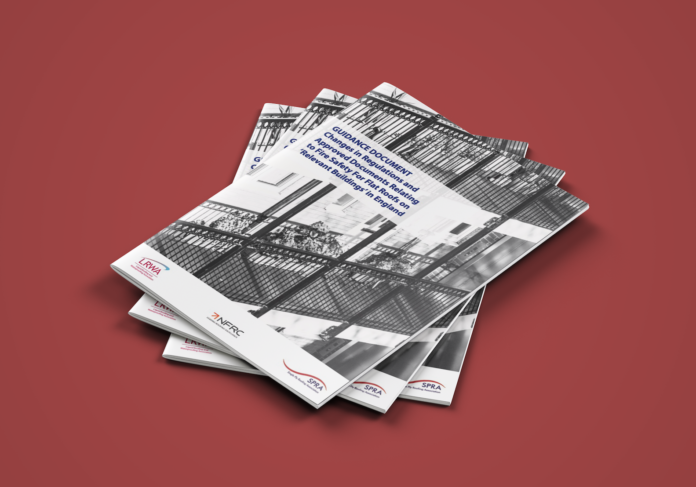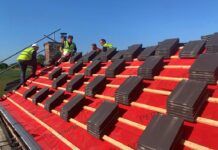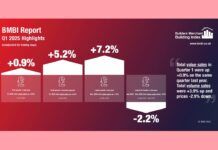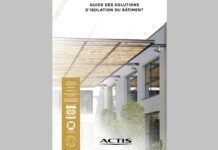The Liquid Roofing and Waterproofing Association (LRWA), the Single Ply Roofing Association (SPRA), and the National Federation of Roofing Contractors (NFRC) have developed a new document about fire safety targeted at specifiers and designers of flat roofing and waterproofing systems.
The guidance, which follows dialogue with the Ministry of Housing, Communities and Local Government, focuses on Approved Document B, which was amended in 2019 following the government’s ban on using combustible materials in the external walls of high-rise residential buildings of 18m and over.
Approved Document B now states that any products with membranes forming part of external walls on high rise residential buildings need to meet the BS EN 13501-1 fire class requirements and achieve a result that deems them non-combustible.
In addition to explaining changes to fire safety legislation, the new guidance addresses questions that have been raised regarding the implications of the new regulations on flat roofing and waterproofing membranes. These include queries about how to interpret sections in Approved Document B referring to ‘specified attachments’ and roofs that connect to external walls.
The document clarifies the definitions of an external wall and that a ‘specified attachment’ is a balcony or solar panel attached to an external wall. It explains how waterproofing membranes can be used on balconies and how these structures are differentiated from roof terraces. Using insulation as part of the roof dressed up the wall, which is known as a ‘thermal break’, is also discussed.
The ‘Guidance Document – Changes in Regulations and Approved Documents Relating to Fire Safety for Flat Roofs on ‘Relevant Buildings’ in England’ is available free of charge and can be downloaded via the LRWA, SPRA and NFRC websites.




